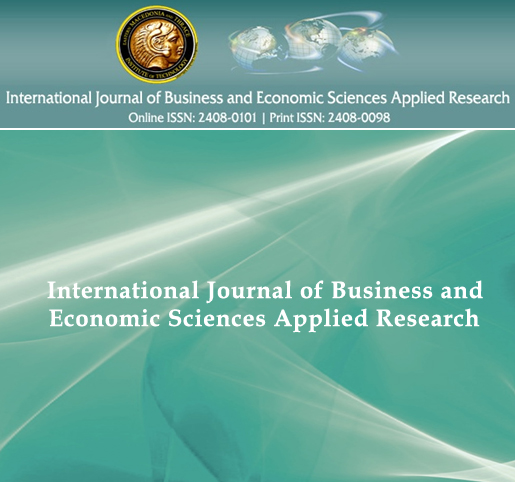The evolution of costing during the period 1985-2015: Progress or inactivity?
The evolution of costing during the period 1985-2015: Progress or inactivity?
Author(s): Evdokia I. Tsifora, Prodromos D. ChatzoglouSubject(s): Economy
Published by: Τεχνολογικό Εκπαιδευτικό Ίδρυμα Ανατολικής Μακεδονίας και Θράκης
Keywords: cost structure; manufacture; costing methods; theoretical gap
Summary/Abstract: Purpose – This paper examines the evolution of costing process during the past thirty years. More specifically, the technological developments that have affected industrial firms are analysed, focusing on the type of production and the innovations that have been developed and affected costing related issues. Additionally, the creation of a new framework is examined, focusing on costing information that could be useful for making business decisions. Design/methodology/approach – A field survey was conducted on a sample of Greek manufacturing firms. A structured questionnaire was used as a research instrument for collecting primary data. It was constructed incorporating questions used by similar surveys reported in the relevant literature. Findings –The use of cost information for short-term decisions is prevailed over long-term (strategic planning decisions, evaluation of alternative options for the design or production of goods, product mix determination, introduction of new products), while the examination of the cost structure showed that the proportion of fixed cost covers almost 50 per cent of the total cost (fixed and variable) for most of half firms. Additionally, the proportion between direct and indirect production costs revealed that 76.8 per cent of the firms estimate that their direct costs would be up 80% of their total cost. Research limitations/implications – The omission of other important factors and the relation between specific factors such as firm’s size, industry sector and decision making process should be considered as well as the differentiation of the results according to the industry sector, or due to different costing purposes. Originality/value – This is one of the few studies exploring the costing practice implemented by Greek industrial firms. The analysis of the findings shows that despite the technological developments that affected the costing area and the criticisms concerning the limitations of the traditional costing approaches, they are still predominant.
Journal: International Journal of Business and Economic Sciences Applied Research (IJBESAR)
- Issue Year: IX/2016
- Issue No: 2
- Page Range: 7-17
- Page Count: 11
- Language: English

